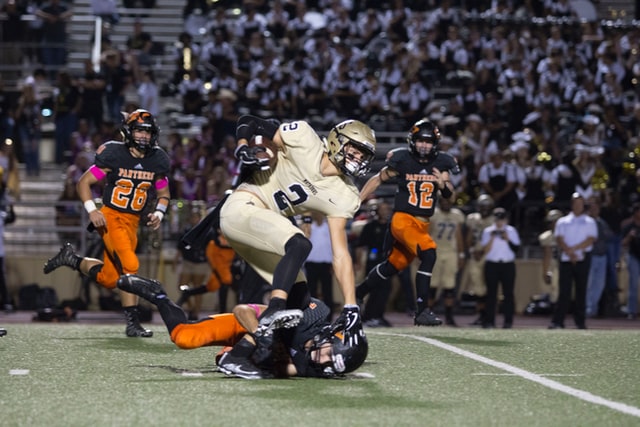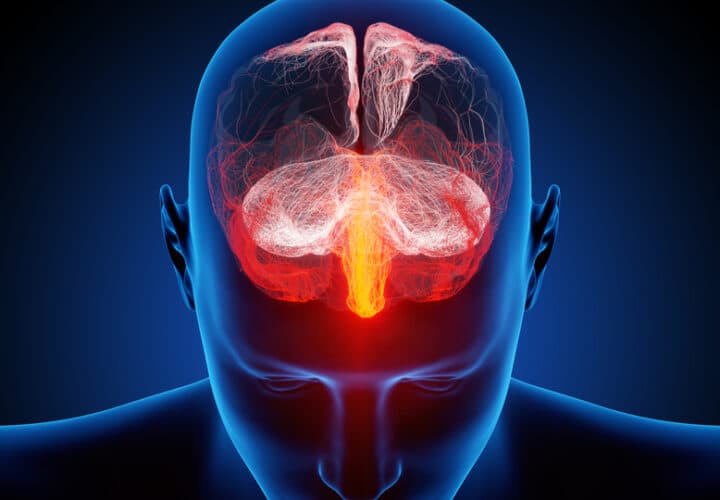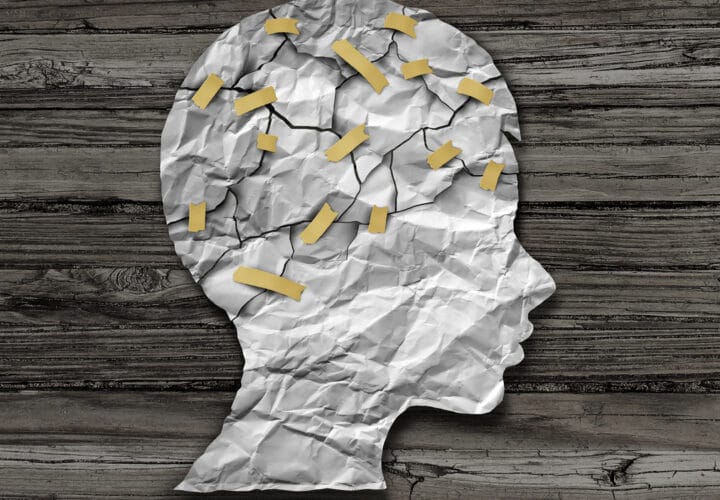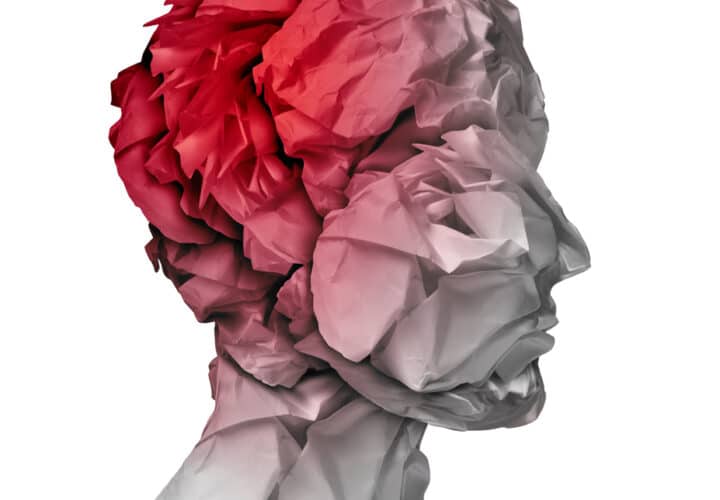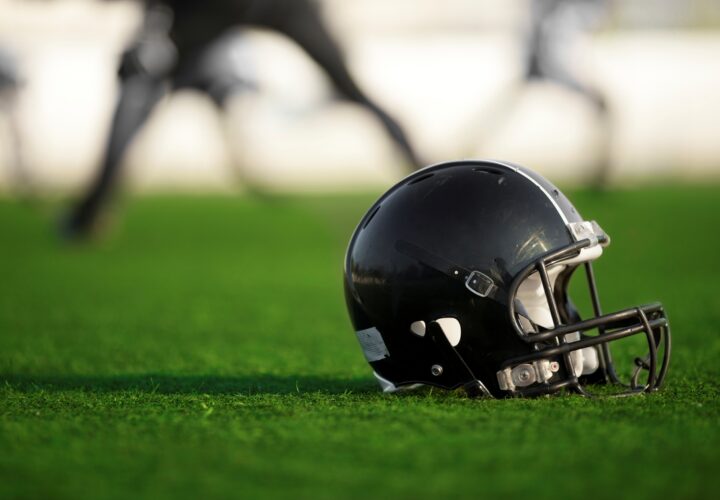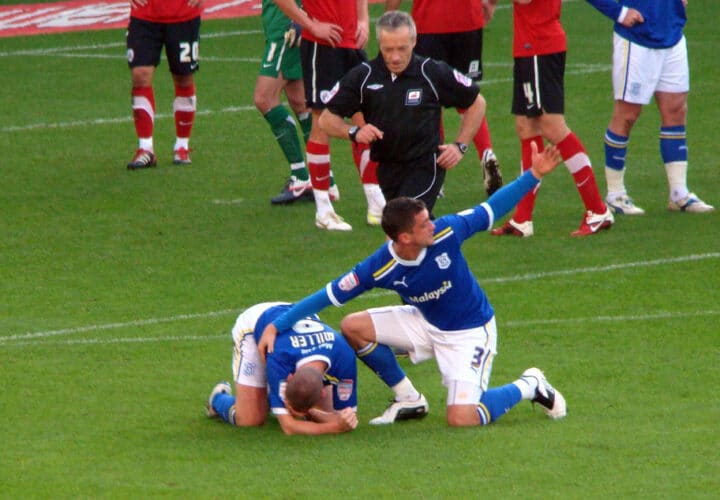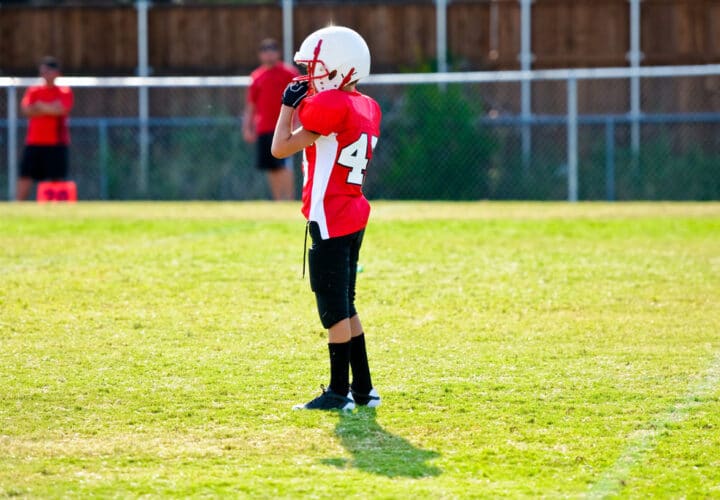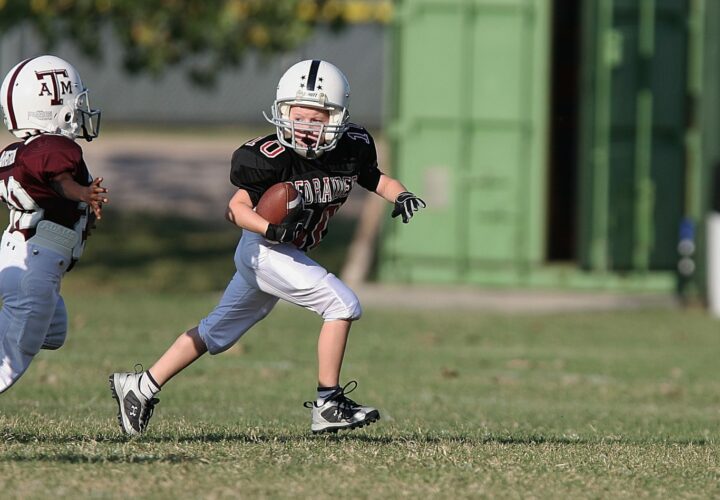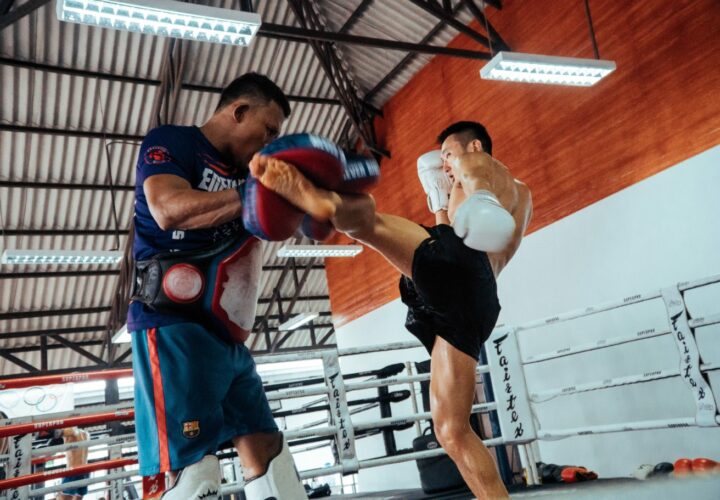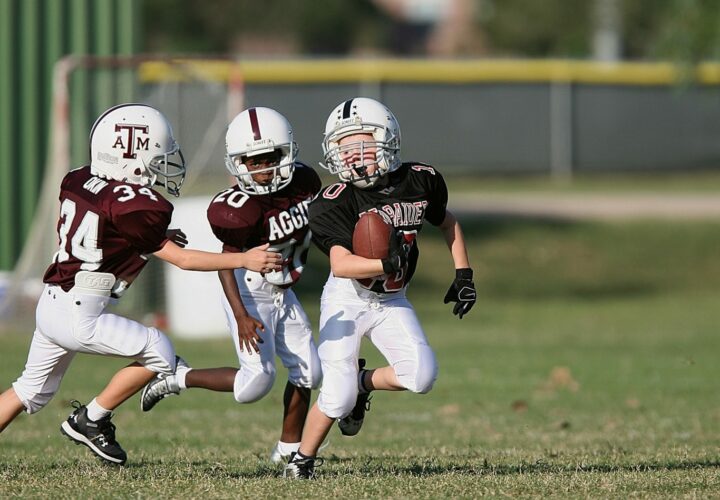Nearly eight million students participate in high school or recreational sports across the country. Every year, as many as three million of them are reported to have sports related concussions.
The August before my junior year of high school, I spent time training for field hockey preseason, a week of rigorous practices in the summer heat.
After two years of playing for the varsity team, I thought I knew every step to be cleared for the first practice. But this year, I learned, there was a new requirement: cognitive testing. On a preseason weekday morning at 8 a.m. all members of my team turned up to take an ImPACT test — a series of memory based digital quizzes, using shapes, patterns and words to evaluate my brain activity.
I didn’t really think about it at the time, but looking back now, this testing monitored my cognitive performance to set a baseline before I stepped onto the field. It would be a point of comparison for my brain at the start of the season, and, if I were injured, it would help doctors understand any decline after an injury.
According to the National Collegiate Athletic Association (NCAA), nearly eight million students participate in high school or recreational sports across the country. Every year, as many as three million of them are reported to have sports related concussions.
A concussion is when there is a hit to the head or a hit to the body that forces quick movement of the skull, almost like whiplash. This type of movement can shake the brain or cause it to twist within the skull, which in turn damages the nerve endings and chemical reactions in the brain, leading to brain injury. Some concussion symptoms can go undetected or ignored, as most athletes hope to get back onto the field as soon as possible.
Sometimes the signs of a concussion or brain injury can go unnoticed, as one out of every two concussions are not overseen by a medical professional. If a student suffers an impact to the head during sports activities but doesn’t show signs of a concussion, scientists are now asking: How often are brain injuries going undetected?
This month, a new study from the American Academy of Neurology (AAN) compares female rugby players to swimmers and rowers, focusing on the idea that even without a reported concussion, contact sports can still lead to brain injury.
“There is no longer a debate that when an athlete is diagnosed with a concussion caused by a sharp blow or a fall, there is a change it may contribute to brain changes that could either be temporary or permanent,” author of the study Ravi S. Menon, Ph.D., told AAN.
In 2013, the National Center for Biotechnology Information (NCBI) found in a study that mild head injuries are underdiagnosed, and that they can lead to the development of long-term neurological issues, such as dementia. Overall, NCBI says awareness needs to be increased in order to confirm diagnoses and allow for medical intervention when most needed.
In addition to more comprehensive diagnoses and more thorough follow-up, schools are taking measures to help prevent student athletes’ brain injury through equipment upgrades and baseline testing like the imPACT test I and my teammates took as high school field hockey players. The baseline tests involve memory skills, as well as concentration, the speed in which the athlete solves problems and any previous symptoms of a concussion that has gone undetected.
The NCBI explains that better concussion education and rule changes can lessen concussions, but equipment changes are also important as helmets are responsible for protecting the skull from fractures and brain injury. There is protective equipment, such as helmets, that are required by the New York State Public High School Athletic Association (NYSPHSAA).
There is increasing research and awareness on concussions and the risk carried by athletes, but it is unclear whether this risk is the catalyst for dwindling participation. High school and college sports participation hasn’t faltered since the 1988-89 school year, according to The National Federation of State High School Association. Although high school enrollment has increased, in the 2018-19 school year high school athletic participation dropped 40,000 nationwide.
This drop comes after the New York Times published a piece in 2017 that focuses on a neuropathologist who studied 111 brains of NFL players and found that 110 suffered from chronic traumatic encephalopathy (CTE), a neurodegenerative disease caused by consistent head injuries, wherein the person is asymptomatic for years until behavioral issues and problem solving skills are noticeably weakened. It is unclear if this reality check for athletes affected sports enrollment numbers at the high school level, but time will tell.
In the meantime, we are learning more about the implications of contact sports while weighing those against the positives that come with them.
Sports increase blood flow to the brain, thus allowing it to build more connections between nerve endings, while improving memory, creativity and problem solving. Being involved in sports also leads to stress relief, as your brain releases feel-good endorphins like dopamine.
Personally, I began playing sports when I was five years old. I decided to continue my athletic career through high school and into NCAA Division III softball while in college. Sports have created an atmosphere of relaxation for me, while allowing everything else going on in the world to simply disappear.
After playing softball for 13 years, there was a saying my coach always said that I hold with me today: “Whenever you step onto the dirt and in between the lines, the only thoughts you should have are about the game in front of you.” Sports were an outlet for me, and looking back, worth every risk.
All in all, sports are much more than just another after school activity. For many young people, they are a way of life. If we can make them safer for students through better equipment, better preparation, and better diagnostic and reactive practices, I hope we can gain from the benefits of these athletic activities while lowering the risk.
